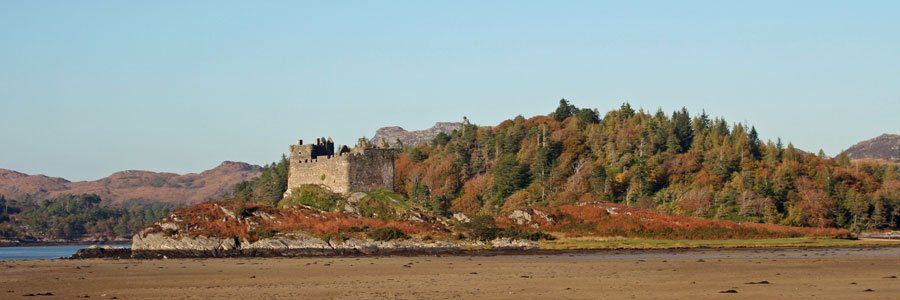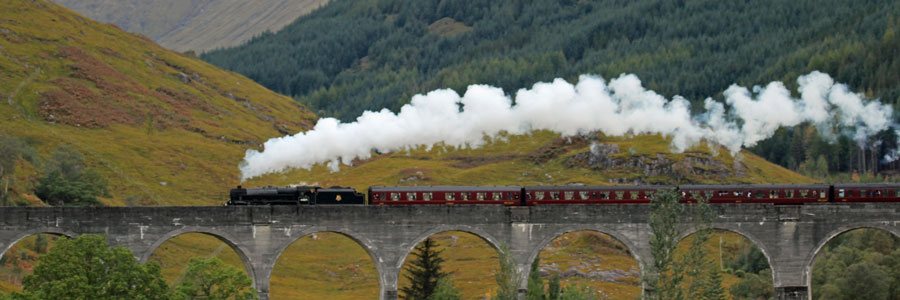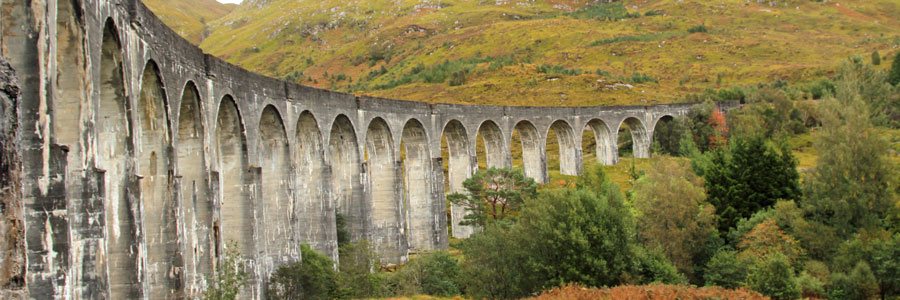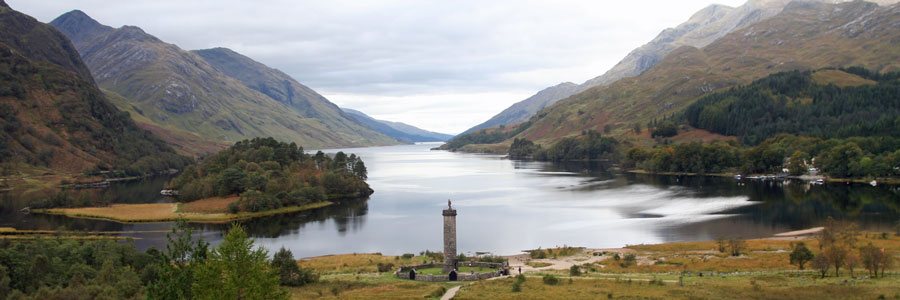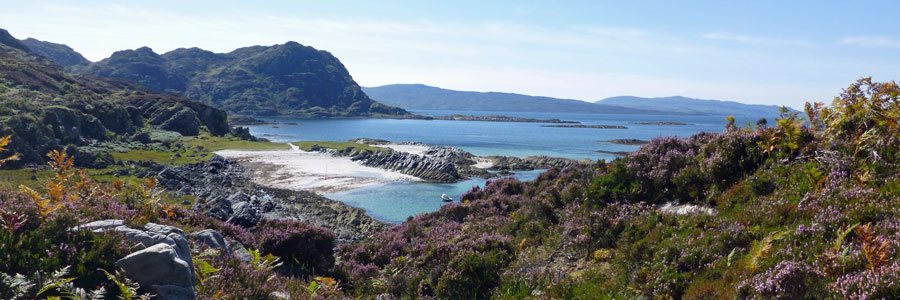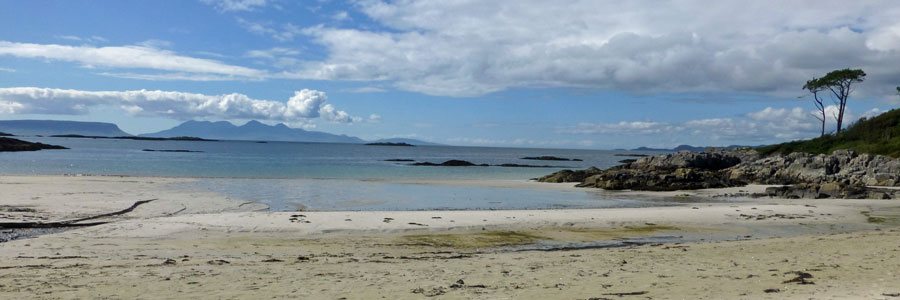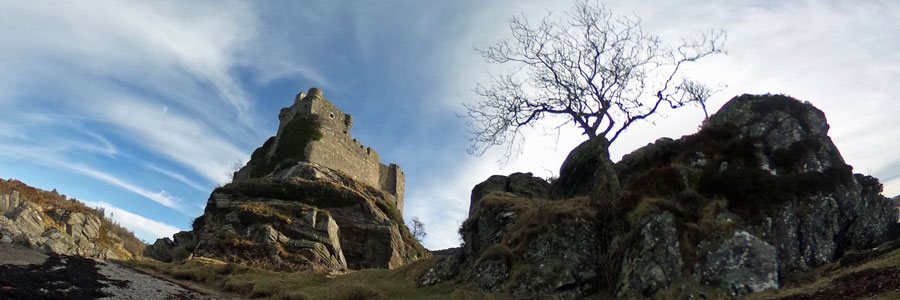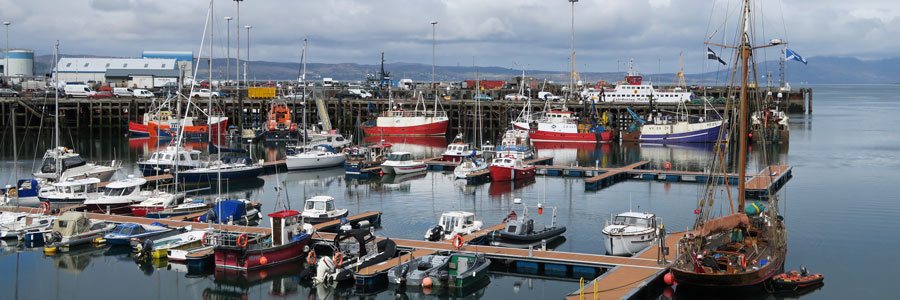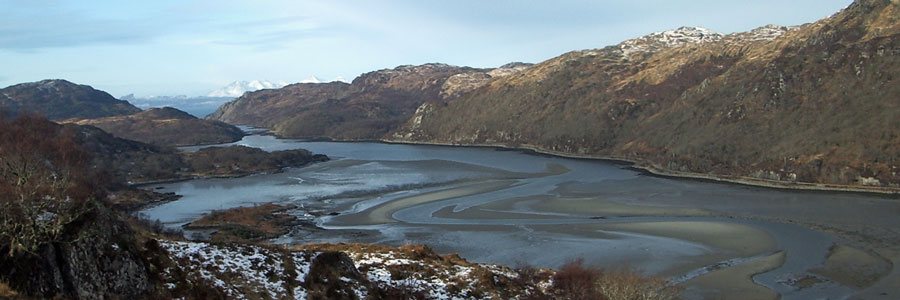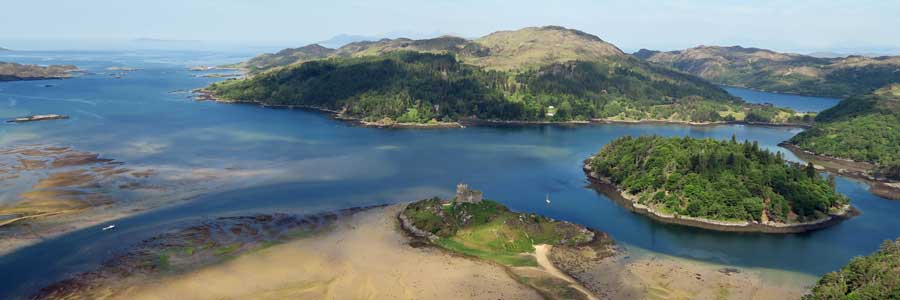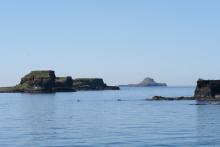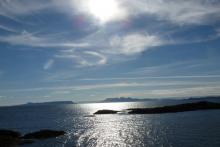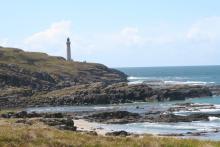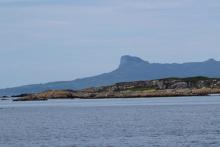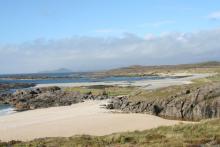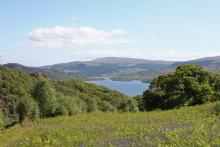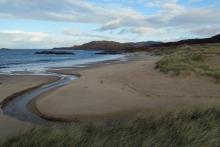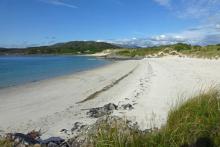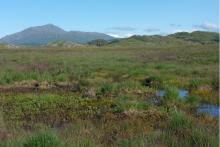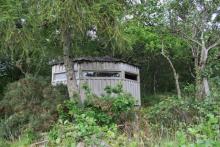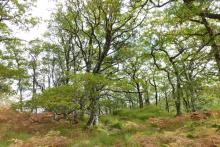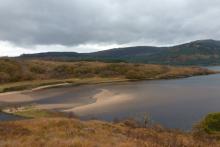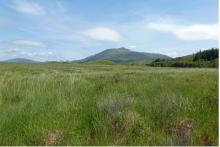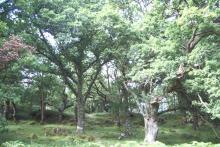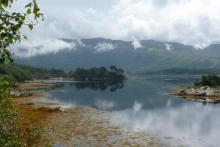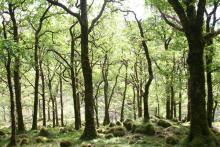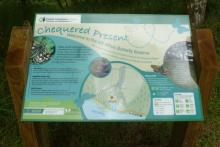The Treshnish Isles, off the South West Coast of Mull are a wildlife sanctuary. Cliff and burrow-nesting seabirds, and wintering wildfowl are particular highlights.
Wildlife Sites in Moidart, Ardnamurchan and The Rough Bounds including Arisaig, Mallaig, Morvern and Fort William
The Isle of Rum is a National Nature Reserve managed by Scottish Natural Heritage and renowned for its wild landscape and long studied population of red deer. The island is of national and international importance for both its geology and its wildlife. There are several walks on the island, the historic Kinloch Castle and plenty of opportunities for wildlife watching by land and sea, as well as time to enjoy stunning views and the relaxed island lifestyle.
Ardnamurchan Point is the most westerly point on the British mainland and is a good place to spot cetaceans.
The Isle of Eigg is the second largest island in The Small Isles and a good place for walking, wildlife and island culture.
The fabulous white sand beaches of Sanna and Portuairk on the Ardnamurchan peninsula provide amazing views of Adnamurchan Point and The Small Isles.
A RSPB reserve in the Ardnamurchan peninsula comprising of ancient oak woodland on the north shore of Loch Sunart
Cul na Croise is a fine example of a rare acidic dune system with a range of dune grassland and good dune heath being particulary notable for its transition from dune to semi-natural woodland.
Aonach Mor, near Fort William in Lochaber, is the eighth largest mountain in Scotland at 1221m high.
The Isle of Rum is a National Nature Reserve managed by Scottish Natural Heritage and renowned for its wild landscape and long studied population of red deer. The island is of national and international importance for both its geology and its wildlife. There are several walks on the island, the historic Kinloch Castle and plenty of opportunities for wildlife watching by land and sea, as well as time to enjoy stunning views and the relaxed island lifestyle.
On the list of Scottish Natural Heritage's most beautiful beaches in Scotland. Made famous as a set for the film Local Hero and part of the Silvery Sands of Morar.
Kentra Moss SSSI is a fine example of blanket bog and together with Claish Moss forms a Special Area of Conservation.
The Ardtornish Wildlife Hide is situated in a magical spot at the top of Loch Aline; a great spot to watch for otters and a variety of coastal birds.
Glen Beasdale is a designated Special Area of Conservation (SAC) representing an coastal old sessile oak wood with holly on acid soils. The area also includes some open areas of acid heath, small areas of humid grassland and bog, and coastal cliffs with shingle and sandy beaches.
The Rahoy Hills is a Scottish Wildlife Trust Reserve and supports a range of habitat types including ancient woodland, mountain, heath and lochan.
Claish Moss, a former National Nature Reserve, is one of Scotland’s finest and unusual raised bogs, with hummocks of the woolly hair moss and fourteen species of Sphagnum.
Glencripesdale, former National Nature Reserve, on the shores of Loch Sunart in Ardnamurchan includes Atlantic oak woodland, shoreline, heaths and moorland.
The Garbh Eilean Wildlife Hide provides an ideal spot to search for otters and common seals in the loch and on the shores of Loch Sunart. A range of waders, ducks and seabirds can also be seen from the hide, depending on season and, occasionally, golden and white-tailed eagles.
A fine example of Atlantic Oak woodland and a National Nature Reserve near Strontian, Sunart, Ardnamurchan.
Aonach Mor, near Fort William in Lochaber, is the eighth largest mountain in Scotland at 1221m high.
